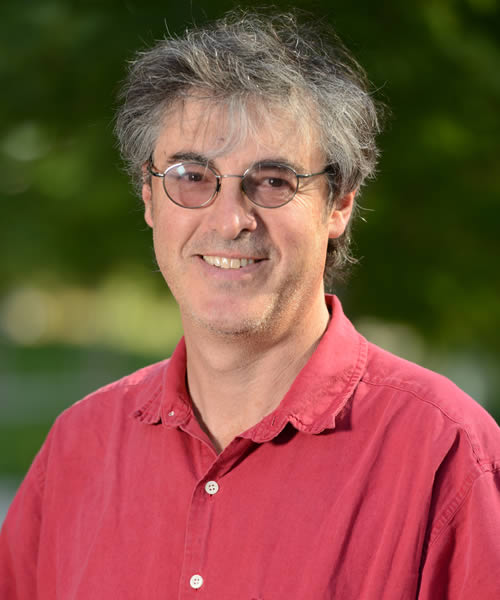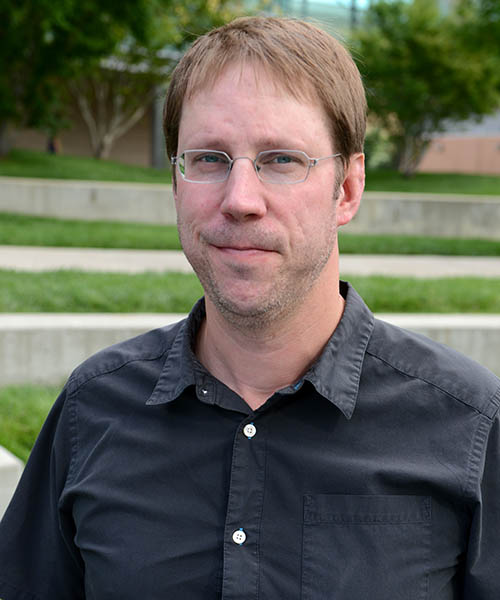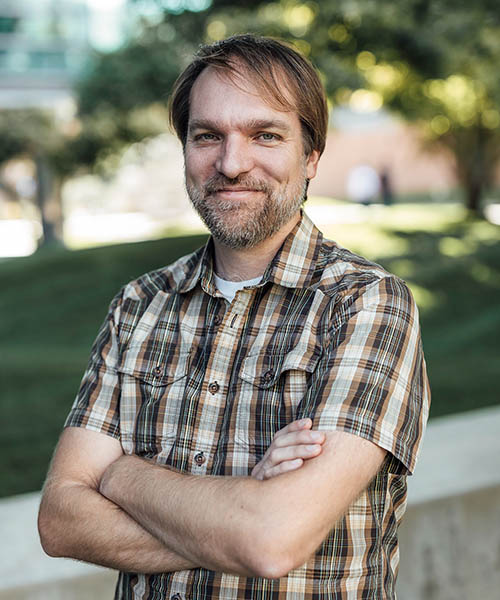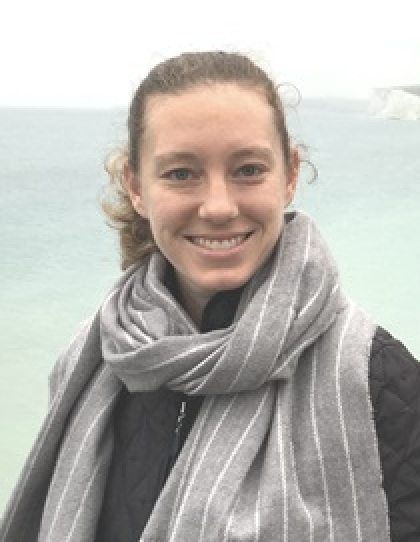Chromatin and Chromosome Biology
.jpg?sfvrsn=c8edccb9_2)
The genome is the blueprint of life. It is a set of DNA molecules that contain all of the instructions for an organism’s development and the ability to respond to the environment. Every cell contains the same blueprint but depending on how these instructions are executed will lead to a variety of cell types (such as blood cells, neurons, and muscle cells) and ultimately a complex organism. This is a tremendous amount of information and in fact if each molecule of DNA was aligned end to end it would span 2 meters (~6.5 feet). Yet amazingly, these molecules all fit into a cell nucleus that is only 0.000006 meters in diameter.
The packaging of the genome into the cell nucleus is accomplished through chromatin. Chromatin is the complex of genomic DNA with proteins called histones, where each histone-bound DNA molecule is referred to as a chromosome. However, chromatin not only compacts the genome into the nucleus, but is also the mechanism controlling how the genome is read out from cell to cell. Thus, chromatin is often referred to as the epigenome (“over” the genome). Chromatin is incredibly dynamic, reorganizing during development to establish cell-type, as well as in response to an array of environmental stimuli. Importantly, dysregulation of chromatin underlies a number of diseases including developmental disorders, cancer, heart disease, neurological disorders, and more.
Research on chromatin and chromosome biology is aimed at understanding exactly how the genome is packaged into chromatin and the myriad of ways in which it is dynamically regulated. Our team of scientists employs a range of experimental and computational approaches to study this. We are investigating exactly how the histone proteins are organized from cell to cell, how chromatin is regulated by the environment, how genomic information is read from chromatin by the molecular machinery, and how chromatin dysregulation leads to disease.
Faculty with Research in this Area

David Bentley, PhD
Messenger RNA Production by RNA polymerase II

Julia Promisel Cooper, PhD
An expanded view of telomeres and their roles in safeguarding genome stability

Lydia Heasley, PhD
Molecular causes and phenotypic consequences of the broadly defined family of genomic features known as structural variations (SVs)

Jay Hesselberth, PhD
Nucleic acid repair

Aaron Johnson, PhD
Mechanisms of chromatin-mediated gene silencing

Allison McClure, PhD
Cell cycle regulation of DNA replication

Catherine Musselman, PhD
Structural mechanisms of chromatin signaling

Srinivas Ramachandran, PhD
In vivo nucleosome structure and dynamics